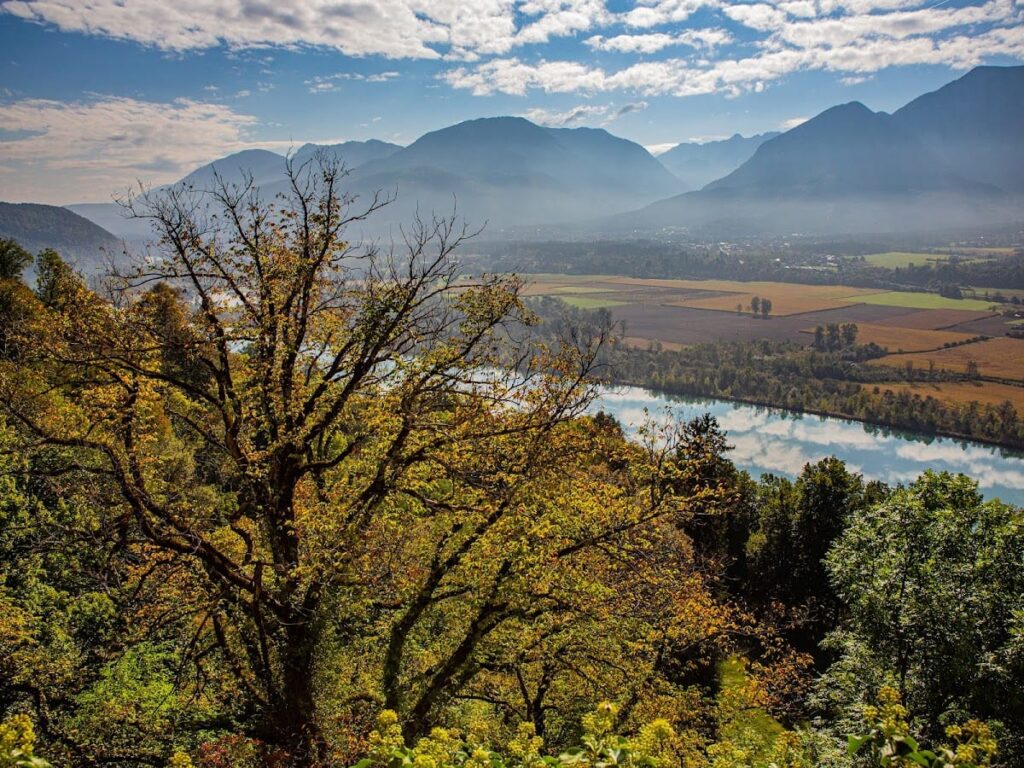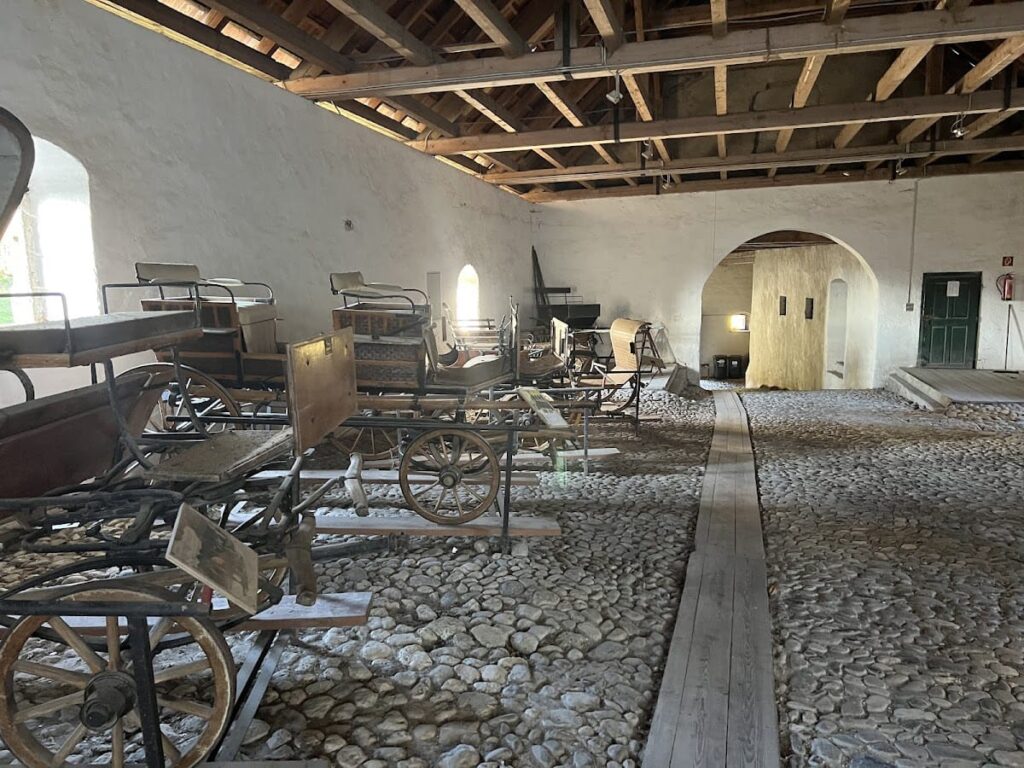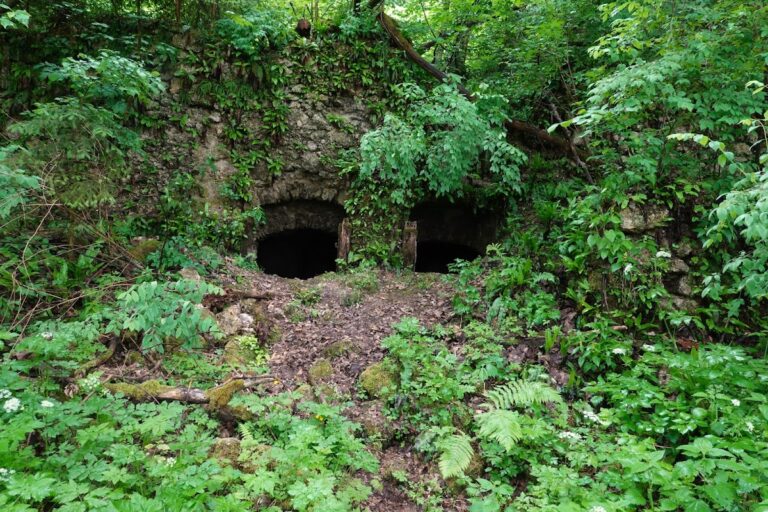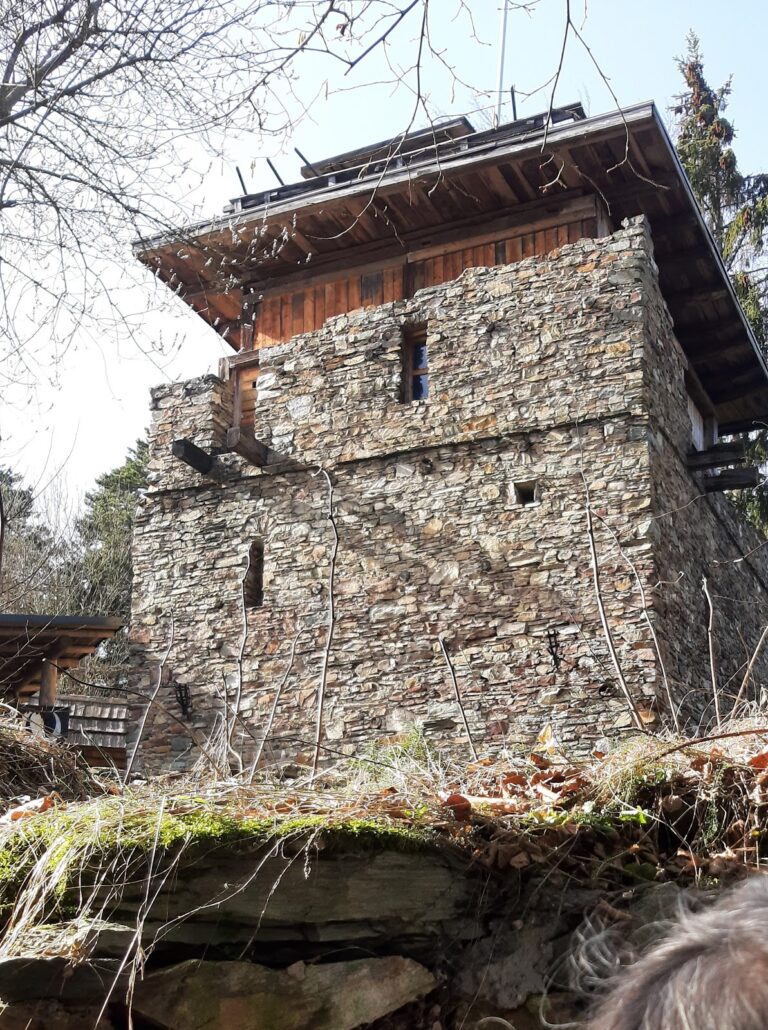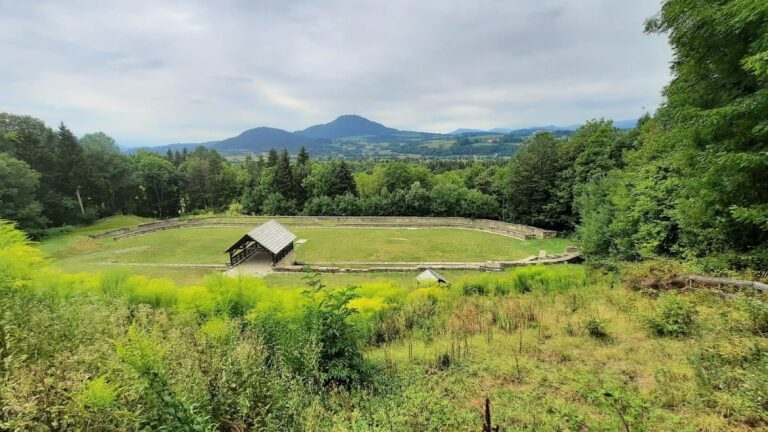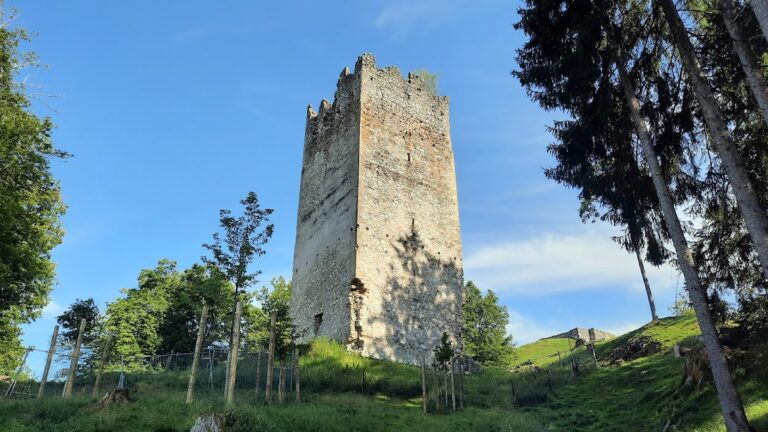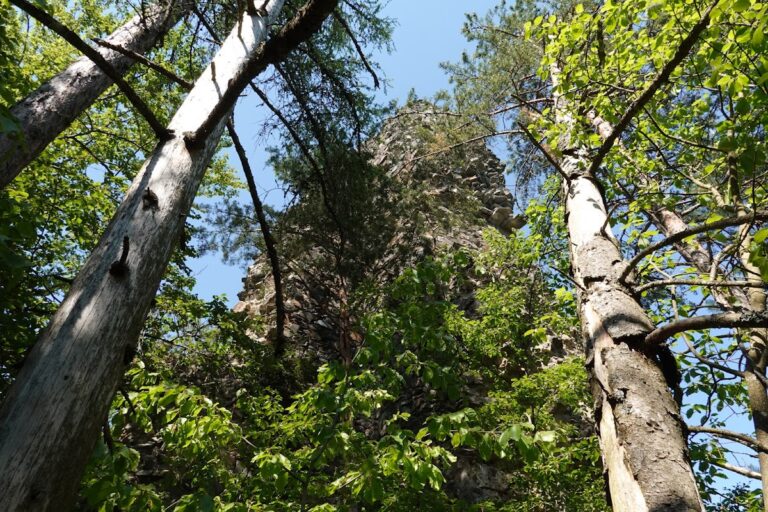Schloss Hollenburg: A 19th-Century Castle in Krems, Austria
Visitor Information
Google Rating: 4.5
Popularity: Low
Google Maps: View on Google Maps
Country: Austria
Civilization: Medieval European
Remains: Military
History
Schloss Hollenburg is located in the Hollenburg district of Krems, Austria. The current castle was built in the early 19th century, with no documented evidence of earlier civilizations constructing a castle on this site. Before the castle’s construction, the land was occupied by an old Freisinger Pflegehof, a type of administrative or care estate linked to the ecclesiastical territory of Freising.
In 1811, the estate was acquired by Johann Jakob von Geymüller, a banker who later received the title of baron. Between 1812 and 1814, von Geymüller commissioned the building of the present castle complex. Since then, the property has remained in the Geymüller family, passing down through generations to the current owner, Rudolf Geymüller.
No historical records mention military events, religious roles, or changes in the place name related to Schloss Hollenburg. The site’s history centers on its 19th-century development and continuous family ownership, with no documented legends or symbolic associations tied to the castle or its grounds.
Remains
The castle complex extends along both sides of a federal road at the western edge of the Hollenburg district. The initial construction took place on the south side, where an administrative building faces the street. This building is flanked by two two-story wings, which surround a single-story central section. Behind these structures lie two courtyards, positioned to the southeast and southwest. The southwestern courtyard is bordered on its southern side by an additional building.
After the demolition of the old Freisinger Pflegehof on the north side of the road, a three-story residential building was erected. This building features nine window axes facing the street. On its first floor, it connects via a covered passage to a two-story ancillary building.
Behind the castle, a large park includes a distinctive garden pavilion, adding to the estate’s landscape. The castle complex is recognized as a protected historic monument, reflecting its preservation status. No archaeological excavations, inscriptions, or decorative details have been documented at the site.

